Mold Making Service
For high-quality mold making services, look no further than our state-of-the-art equipment and materials. Our comprehensive process includes design, engineering, and machining to ensure the final product meets your unique specifications with precision and functionality.
> North America’s Top 10 One-stop Solutions
> 14-day and Flexible Lead Time
> 100+ years of experience as Naxtry’s machinists
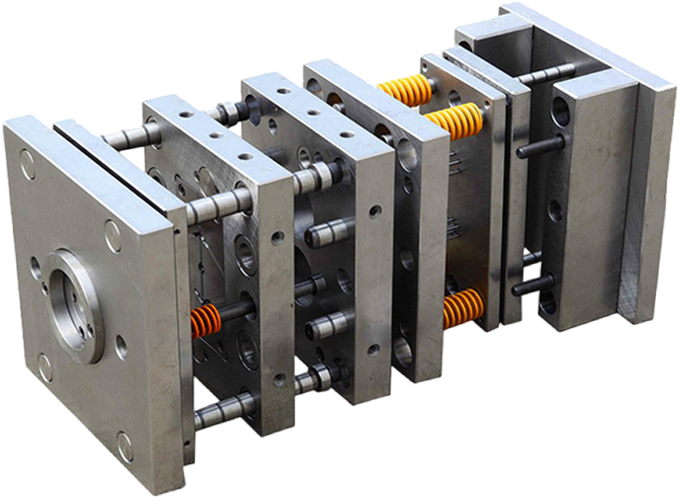
Our Mold making Services Section
We offer high-quality mold making services to help businesses in various industries produce parts and products efficiently and accurately. Our experienced team of designers and craftsmen work together to create molds that meet our clients’ unique needs and specifications.
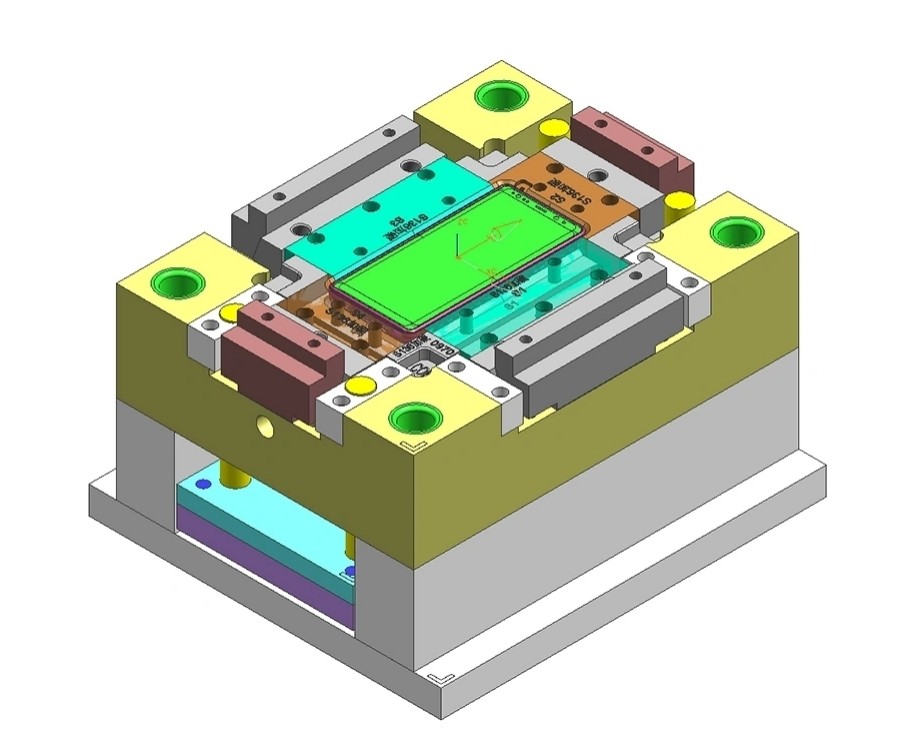
Custom Mold Design
Our designers use advanced software to create detailed 3D models for our mold making service. We specialize in custom mold design that accurately represents desired shapes and sizes.
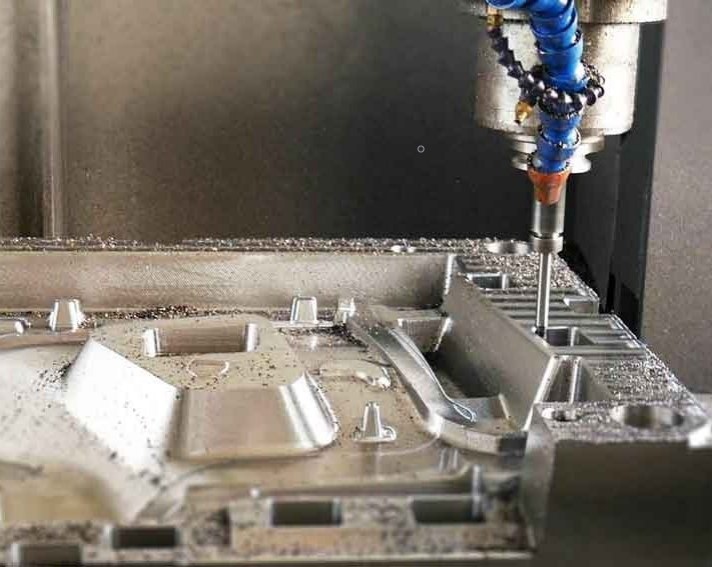
Mold Fabrication
We use advanced machinery and materials for our mold making service to fabricate molds with precision and accuracy. Our strict quality control protocols ensure molds meet exact specifications.
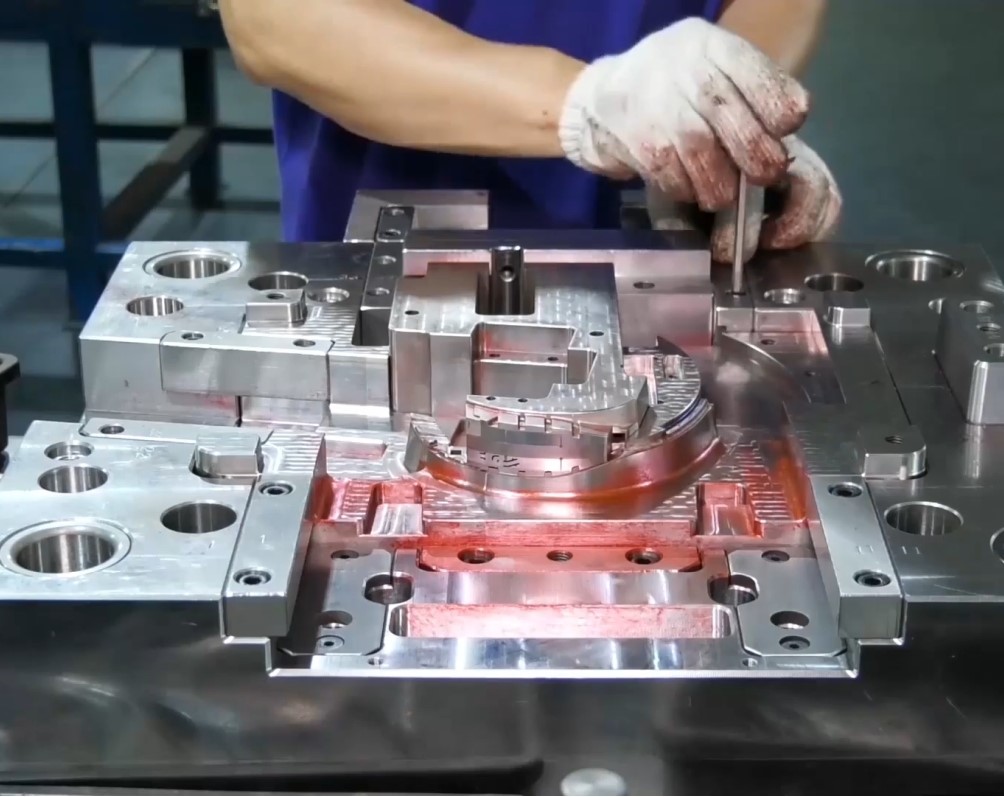
Mold Repair and Maintenance
Our mold making service also offers mold repair and maintenance services to extend mold lifespan and avoid downtime. Our experts can diagnose and repair various mold issues.
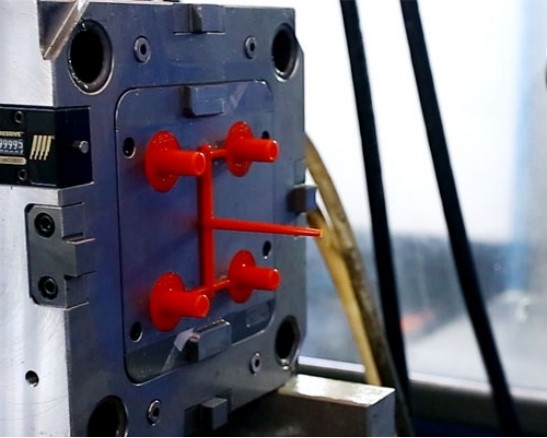
Prototyping and Testing
Our mold making service provides prototyping and testing services to ensure mold designs meet production needs. Our experts can test and adjust designs to identify and correct any flaws.
Our Mold Making Price
Mold complexity and size
The type and quality of materials used to make the mold can also impact the cost. Some materials, such as high-quality steel, may be more expensive than others.
Materials used
Similarly, the type and quality of materials used in mold making can significantly impact the price. High-quality materials, such as steel, can be expensive and may increase the cost of mold making.
Quantity
Quantity can also play a role in the cost of mold making. In many cases, larger quantities can result in a lower cost per unit, as the cost of creating the mold can be spread out over a larger number of units.
Lead time
Lead time can also impact the price of mold making services. If you require the molds quickly, you may have to pay a premium price to expedite the process.
Location
The location of the mold making service provider can affect the cost as well. Services in major cities or more expensive areas may cost more than services in rural areas or smaller cities.
Our Mold Making Processes
Mold making service involves several processes to create molds that meet specific requirements. Here are some common processes involved in mold making:
Design & Engineering
This process involves creating a detailed design and engineering plan for the mold. This includes determining the material for the mold, designing the mold cavity, and ensuring that the mold will function properly during the injection molding process.
Tooling
Tooling is the process of creating the mold itself. This involves using precision equipment such as CNC machines to cut and shape the mold components according to the design and engineering specifications.
Machining
Once the mold components have been created, they must be precisely machined to ensure that they fit together perfectly. This involves using specialized tools and techniques to remove excess material and achieve the desired shape and dimensions.
Maintenance & Repair
Over time, the mold may require maintenance or repairs to keep it functioning properly. This may involve cleaning and lubricating the components, or repairing or replacing damaged or worn parts.Regular maintenance is important to ensure the longevity of the mold and the quality of the parts it produces.
Testing & Validation
Before the mold can be used for injection molding, it must be thoroughly tested and validated. This may involve creating sample parts and measuring their dimensions and quality, or using simulation software to predict how the mold will perform under various conditions.
Finishing
After the mold components have been machined, they may require additional finishing to ensure that they are smooth and free of defects. This may include polishing or sanding the surfaces, or applying a coating or finish.
Design & Engineering
This process involves creating a detailed design and engineering plan for the mold. This includes determining the material for the mold, designing the mold cavity, and ensuring that the mold will function properly during the injection molding process.
Tooling
Tooling is the process of creating the mold itself. This involves using precision equipment such as CNC machines to cut and shape the mold components according to the design and engineering specifications.
Machining
Once the mold components have been created, they must be precisely machined to ensure that they fit together perfectly. This involves using specialized tools and techniques to remove excess material and achieve the desired shape and dimensions.
Finishing
After the mold components have been machined, they may require additional finishing to ensure that they are smooth and free of defects. This may include polishing or sanding the surfaces, or applying a coating or finish.
Testing & Validation
Before the mold can be used for injection molding, it must be thoroughly tested and validated. This may involve creating sample parts and measuring their dimensions and quality, or using simulation software to predict how the mold will perform under various conditions.
Maintenance & Repair
Over time, the mold may require maintenance or repairs to keep it functioning properly. This may involve cleaning and lubricating the components, or repairing or replacing damaged or worn parts.Regular maintenance is important to ensure the longevity of the mold and the quality of the parts it produces.
Our Mold making Materials
Steel and aluminum are two commonly used materials for making molds in injection molding due to their unique advantages.
Advantages of Steel in Mold Making
> High durability and strength, allowing for the creation of long-lasting molds that can withstand high temperatures and pressures.
> Resistant to wear and tear, corrosion, and deformation.
> Excellent surface finish, providing smooth and precise molding results.
> Suitable for high-volume production runs due to its ability to maintain its shape over time.
> Capable of producing molds with complex geometries and designs.
Advantages of Aluminum in Mold Making
> Lighter weight compared to steel, making it easier to handle and install.
Good thermal conductivity, allowing for faster cooling times and reduced cycle times.
> Easier to machine and work with, making it more cost-effective for smaller production runs.
> Resistant to rust and corrosion, making it suitable for use in humid or wet environments.
> Good dimensional stability, providing consistent and accurate molding results.
> Capable of producing molds with intricate and fine details.
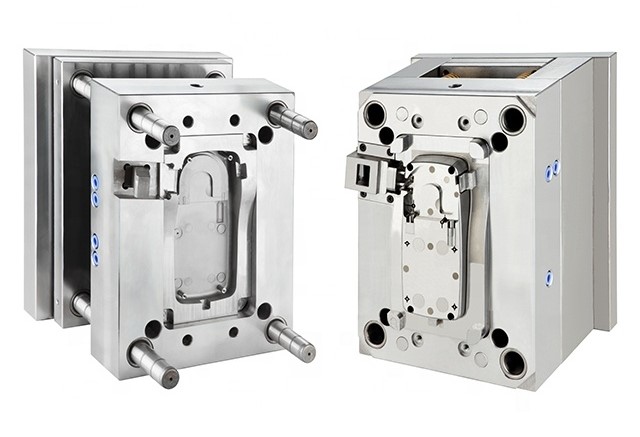
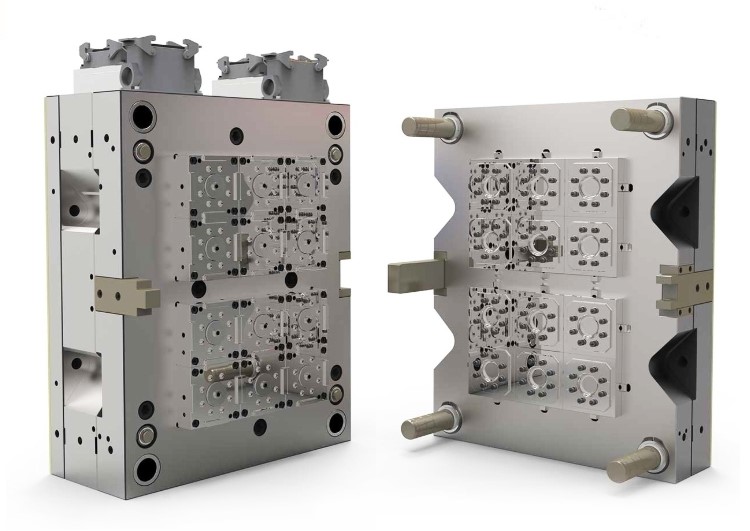
Our Mold making FAQs
What is mold making?
Mold making is the process of creating a mold used to produce plastic or metal parts through injection molding or other molding processes. The mold is typically made of metal and is created by machining the mold components to precise specifications.
How is the mold cavity created?
The mold cavity is created by machining it into the mold base or insert using CNC machines. It is designed to match the shape and dimensions of the part being produced, and is polished to ensure a smooth surface finish.
How is the mold tested and validated?
The mold is tested and validated through various processes such as quality control inspections, injection molding trials, and simulation software.
What is the typical lifespan of a mold?
What maintenance is required for a mold?
Regular maintenance is required to keep the mold functioning properly. This may include cleaning and lubricating the components, repairing or replacing damaged or worn parts, and performing periodic inspections.
What factors should be considered when designing a mold?
Factors to consider when designing a mold include the material to be molded, the desired shape and size of the final product, the production volume, and the specific requirements of the injection molding process.
Call to Action
Ready to get started on your next mold making project? Contact us today to receive a free quote and consultation from our experienced team. We are dedicated to delivering high-quality molds that meet your unique specifications and exceed your expectations. Let us help bring your ideas to life with our expert mold making services.
Our Other Injection Molding Services
We offer a range of injection molding services, including Plastic Injection Molding and Rubber Molding. Both services utilize advanced technology and ensure the highest quality standards throughout the production process.
Plastic injection molding is a widely-used injection molding process that can produce a vast array of plastic parts. It works by melting plastic pellets and injecting the molten plastic into a mold cavity, after which the plastic cools and solidifies. The finished part is ejected from the mold cavity, producing high-quality parts with tight tolerances. Injection molding is known for its efficiency, versatility, and the ability to produce large quantities of parts in a short amount of time.
>Our state-of-the-art equipment and expert technicians ensure that we can meet even the most demanding specifications and deliver high-quality results for your project.
Rubber molding is a specialized injection molding process that is commonly used to produce Rubber parts such as seals, gaskets, and O-rings. This process involves injecting a liquid Rubber mixed with a catalyst into a mold cavity, which is then heated to cure the rubber. The finished part is removed from the mold, producing high-quality parts with tight tolerances and high heat resistance.
>With years of experience and advanced technology, we produce high-quality Rubber parts with tight tolerances and complex shapes.

